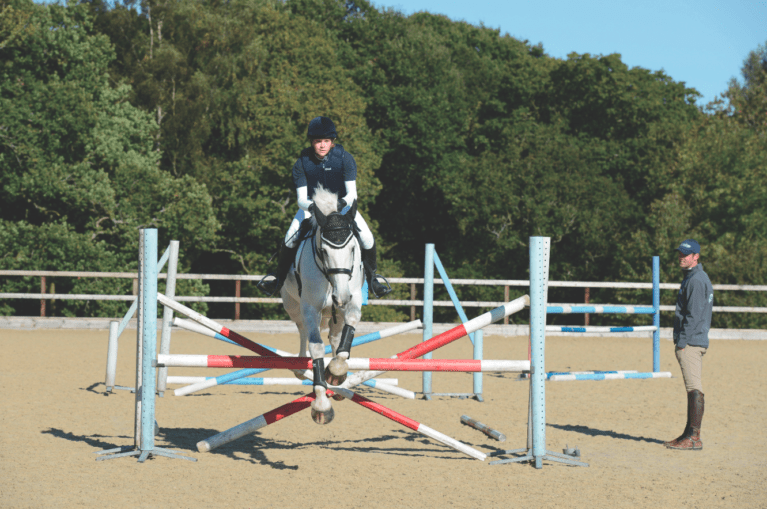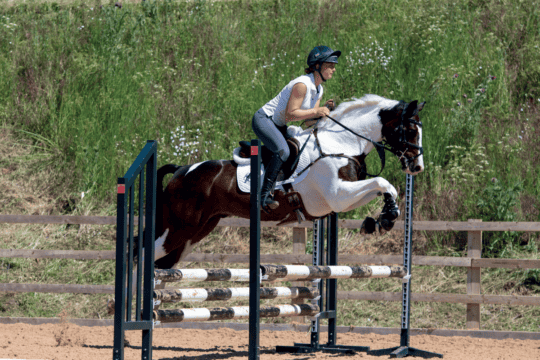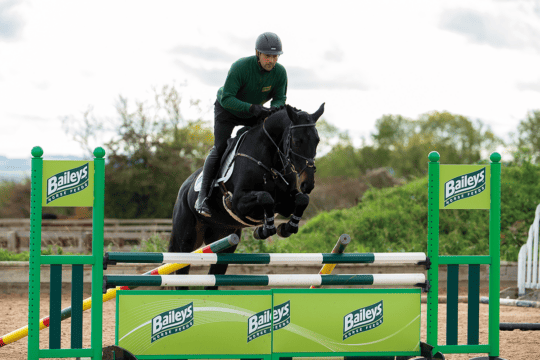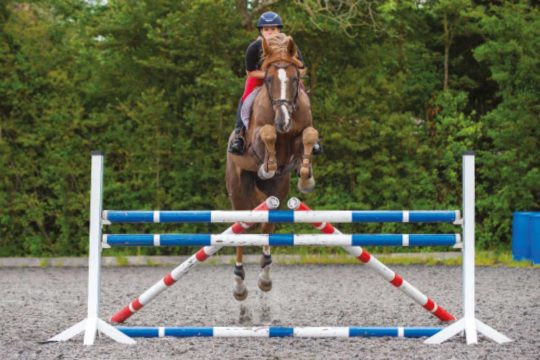-
Riding Schooling and Training
-
Health and Veterinary
-
Management
-
Mind Matters
-
Buying and Selling
-
Insurance Advice
FAQs
Whether your horse is young or could benefit from going back to basics, Jock Paget explains how gridwork can be used to create balance and straightness

Gridwork is the ideal tool for improving your horse’s jump and it’s something I do with all my horses, regardless of the level they’re working at. It’s particularly beneficial for younger horses, or those who need to become more brave or improve their technique. The grid quickly becomes a safe place where your horse can grow in confidence because he understands what you’re asking and how the exercises work. By adding a few ground poles or adjusting the distances, you can use the grid to tailor the way he jumps and develop skills such as straightness and balance, which are vital if you want to be competitive.
Find your gears
Use lots of gear changes when you’re warming up, but first you need to know your horse’s natural trot or canter speed. Then you can begin to push him a little bit past it or slow him down slightly, which will help to create adjustability within the pace. Constantly challenge the speed – it’s important to get him listening and responding to your aids before you start jumping, so you have that power on tap if you need it. You should always be getting the response you want from the aid that you’re using, whether it’s your legs or your seat, and make sure you praise him so he knows he’s done well. Incorporate lots of circles and transitions into your flatwork so he’s evenly warmed up.
It’s important to establish a good canter, and use flatwork sessions to build your horse’s strength and power. If you can’t do it on the flat, it’s not going to magically appear in front of a fence – all that will happen is you’ll start flapping and fiddling with him, which will create problems.
Start simple
At this level, the main aim is to encourage your horse to become balanced and move forwards under his own steam when he’s jumping. You shouldn’t have to spend your time kicking him forwards or holding him back, which stops you from focusing on the important bit – the fences. Instead, it should feel as though nothing would change if you let go of the reins, so keep them soft – it doesn’t matter how long his neck gets if his body stays in balance and he’ll probably want to stretch out over the poles. If you instill this self-carriage in him now, it will carry over when you start jumping bigger fences.
Exercise – Improve his balance
- Start the grid as poles on the floor. Ride over them in both directions, allowing your horse to take you forward in an active trot. If he’s not willing to move forward on his own, go back to your flatwork and work on getting him more responsive to your leg aid.
- Now turn the poles into small cross-poles and approach in trot. Any adjustments to his speed should be made before you get to the fence, using half-halts or by softening the contact.
- As you approach the first fence, keep your leg on to encourage him, allow your hands to go forward and leave it up to him to figure out the fence. It doesn’t matter if it’s a little messy or the poles come down at first, this is a learning curve for him and mistakes will happen.
- Canter away on landing and jump the second fence in the same way. Your focus should be on staying straight into, over and away from each fence, and maintaining an even rhythm.
- Continue to ride the grid until he’s confident and able to stay balanced through the exercise. Then turn the second fence into a small oxer, and try again.
TOP TIP
Remember to give your horse plenty of walk breaks, particularly if he’s young. This allows him to get his breath back and think about what you’ve been asking him to do.
To discover more of Jocks’ confidence-building exercises, get your copy of April Horse&Rider here, on sale 9 March.















